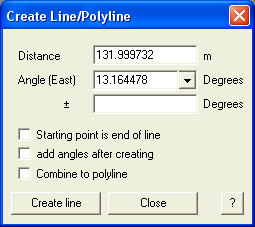

This means that, particularly in eyes with keratectasia, the steep meridian will be short while the flat meridian will be long, which can cause the formation of oval-shaped tunnels. Once the applanation cone is removed, the cornea returns to its original curved appearance. In this article, we try to mathematically explain the ring-cornea biomechanical interaction with a resultant nomogram that might be useful clinically in order to achieve better results from ICRS surgeries in keratoconic corneas.ĭuring applanation while creating a femtosecond-assisted channel for ICRS implantation, the corneal surface becomes completely flat while performing the side cut. We believe that this variation is due to the poorly understood biomechanical interactions between the ring and the stromal tunnel, element that is not addressed in conventional ring nomograms. Moreover, although the surgical aspect of ICRS implantation is well mastered and the overall results are good, nomograms still can't predict the exact flattening power of the ring once it is inserted in the corneal stroma and unexpected variations are not exceptional. However, a lot of controversy remains concerning many technical issues like the incision site-whether it should be performed over the steep vs the flat axis or not and like the number of rings to use and whether to insert superior rings or not –. Nomograms are proposed by the rings' manufacturer to help physicians in choosing the appropriate segment that would induce the desirable flattening effect. This flattening effect is believed to be related to both the geometrical properties of the ICRS (shape, arc length and thickness), and to its position relative to the corneal steep axis.


Once inserted within the tunnel, the ICRS interacts with the corneal tissue and produces local flattening of the cornea. Prior to implantation, a tunnel is created at a 70%-80% corneal depth, either by manual dissection, or with the femtosecond technology, the latter having a better safety-accuracy profile –. First evaluated as a treatment for mild to moderate myopia, these polymethyl methacrylate (PMMA) segments modify the corneal curvature by an arc-shortening, flattening effect and have proven especially effective in reducing the irregular astigmatism caused by keratoconus. The insertion of intrastromal corneal ring segments (ICRS) is one of the treatment options that have been gaining popularity during the last decade.

The resultant irregular astigmatism and myopia induce significant visual complaints. It is characterized by progressive thinning and steepening of the corneal apex, which achieves a conical shape in advanced stages. Keratoconus is a bilateral non-inflammatory degenerative disease of the cornea.


 0 kommentar(er)
0 kommentar(er)
